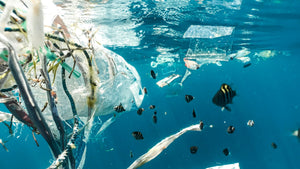
An international team of scientists has developed a cheap way to provide fresh water to thirsty communities by making seawater drinkable without using electricity.
So long as the sun is shining, they say, their device will produce enough high-quality potable water to cover a family's needs, at a cost of around $100.
The scientists, from Massachusetts institute of Technology (MIT), U.S. and Shanghai Jiao Tong University, China, believe their brainwave offers a simple solution to thirsty islands and arid coastal areas which lack a reliable electricity supply but have access to seawater. It could even help to prevent some of the mass migrations expected with climate change.
The researchers report their work in the journal Energy and Environmental Science. Testing their prototype on a roof at the Massachusetts Institute of Technology, they produced more than 1.5 gallons of fresh drinking water every hour for every square meter of solar collecting area.
Their device is cube-shaped, with multiple layers of solar evaporators and condensers piled one on top of another, surmounted with a layer of transparent insulation. Essentially it is a multi-layer solar still, similar to those used for centuries to make strong liquor and used today in many applications.




